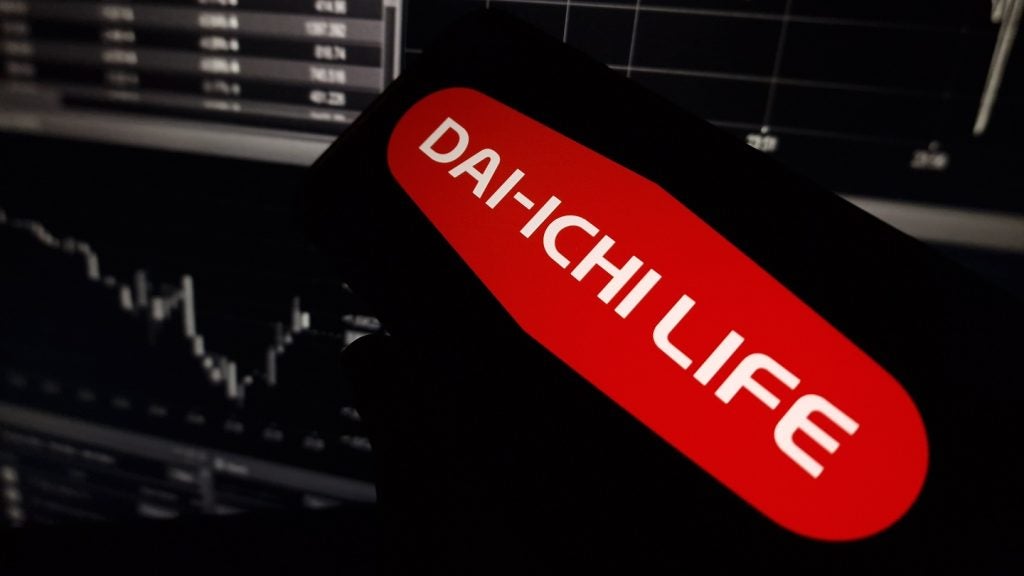 A
A
favourable tax situation enjoyed by Norwegian life insurers appears
set to come to an end following a proposal by the country’s
ministry of finance.
Moody’s Investor Services analyst
David Masters explains that under the current tax legislation, life
insurers are exempt from paying tax when they realise gains in
their equity portfolios. However, when a life insurer subsequently
transfers these gains to policyholder accounts, a tax deduction
becomes available, a situation that leads to very low overall
effective tax rates for the Norwegian life insurance sector.
Masters continues that under the
proposed tax amendment, a tax charge would be incurred on realised
gains on equities held within policyholder portfolios.
Realised equity gains in the
shareholder portfolio and equity gains subsequently transferred
into policyholder accounts would continue to benefit from a tax
deduction. Moody’s expects the Norwegian parliament to pass the
proposed amendment in April this year.
If approved, however, the amendment
is unlikely to have an immediate impact on Norwegian life insurers’
profits, notes Masters. This, he explains, is because the low
effective tax rates of life insurers have created significant
off-balance sheet deferred tax assets (DTA).
For example, at the end of 2010,
Storebrand, the country’s third-largest life insurer, reported a
net on balance sheet DTA of NOK37m ($6m), versus a basis for net
DTA of NOK5.7bn.
How well do you really know your competitors?
Access the most comprehensive Company Profiles on the market, powered by GlobalData. Save hours of research. Gain competitive edge.

Thank you!
Your download email will arrive shortly
Not ready to buy yet? Download a free sample
We are confident about the unique quality of our Company Profiles. However, we want you to make the most beneficial decision for your business, so we offer a free sample that you can download by submitting the below form
By GlobalData“Applying a 28% tax rate to this
latter figure equates to NOK1.6bn, which could theoretically be
bought on to the balance sheet as a DTA in future,” Masters
says.
He continues: “In the longer term,
once the DTAs have been exhausted, these proposals are likely to
lead to overall higher tax payments by life insurers and therefore
will reduce the profitability of the sector.”
Depending on the additional tax
charge incurred for each insurer if the proposed tax changes are
implemented and the size of their current DTAs, Masters’ believes
it may take several years to exhaust the DTA.
“Thus, profitability over the next
one to two years is unlikely to be materially affected for most
insurers,” he says.
Ultimately, Masters says additional
tax costs may be borne by shareholders in the form of lower returns
on equity. As an alternative, they may be passed on to
policyholders through additional charges or lower investment
returns which, he concludes, may suppress the demand for life
insurance products.
Norway’s life insurance industry recorded total premium income
of NOK52.275bn in 2010.







